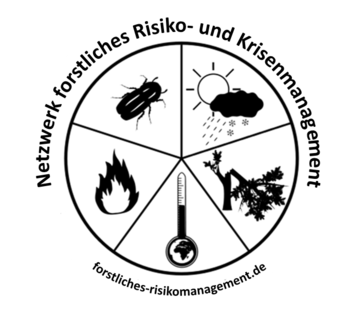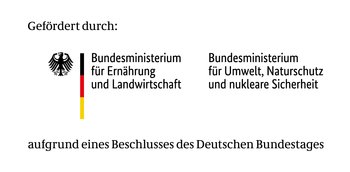Fire fighting reservoirs
Water is still the main way to extinguish forest fires. Therefore in large, contiguous and fire endangered forested areas it is necessary to have, or build and maintain, a fire fighting water supply system within suitable water courses or to create artificial reservoirs for water extraction. When creating new reservoirs an agreement is needed between the forest owners, forest authorities and the fire service. It is important that these extraction points are sufficiently identified and easily accessible by fire engine.
Along with natural watercourses, deep or shallow wells, artificial ponds, dams, underground water tanks (cisterns) or auxiliary water supplies in or near forests can be used as firefighting reservoirs. The functionality and accessibility of these water extraction points must be checked regularly.
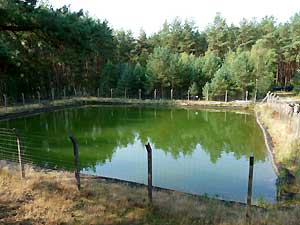
Fig. 1: Fire fighting reservoir. (Photo: N. Kessner)
Infrastructure
In order for fire engines to reach a forest stand it is important that the roads can bear heavy vehicles. Similarly turning and passing bays and sufficient clearance must be maintained or created. Also as with the creation of water reservoirs, this forest infrastructure should be agreed with the forest authorities, owners and fire service.
Machinery and equipment
Nowadays, alongside mobile fire extinguishing equipment, fighting forest fires continues to be hard manual work for as many people as are available to fight the fire. Therefore maintaining appropriate fire-fighting tools and machinery is the responsibility of forest enterprises of all ownership type in areas with a medium to high forest fire risk. These include hand tools such as spades, shovels, fire beaters and axes as well as transport vehicles or tractors and ploughs suitable for working in forests. Such tools and machinery are either kept by the forest enterprise themselves or contracted in.
Forest Fire Monitoring
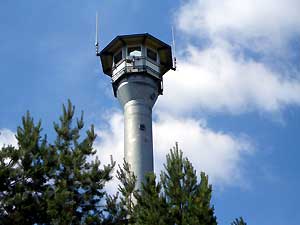
Fig. 2: Fire watchtower. (Photo: D. Spörck)
Since the introduction of automatic, camera supported forest fire observation systems, the number of forest fires has not reduced but their extent has. The early and exact identification of forest fires and a fast notification has ensured that the technical team can be onsite quickly and can quickly begin to fight the fire. An optical sensor system used for the early detection and monitoring of forest fires is described in a separate article.
Aerial Surveillance
Aerial surveillance flights are a possible means to detect forest fires at an early stage during times of high fire risk. Along with regulatory authority surveillance flights (e.g. fire service air service in Lower Saxony), commercial airlines or private amateur pilots can be used to fly pre-determined routes. This form of collaboration is practiced in Saxony, Bavaria and Brandenburg. In Rhineland-Palatine when the danger level is above level 4, all airports are contacted and pilots are asked to help with early detection. Besides the early detection and location of forest fires, this aerial support can also be helpful in directing the operational forces on the ground.
Mapping
Forest fire fighting maps at a scale of 1:50.000 using the UTM geographic coordinate system are the basis for all those fighting forest fires. All important elements such as fire fighting water points, towns etc are shown on these maps. The depiction follows the tactical symbols of the fire service. These maps are prepared by the authorities and are updated at least every five years. In the case of large fires, district maps at a scale of 1:25.000 or even 1:10.000 may be used. Besides orientating out of town operational teams, these maps serve as guides in the central control offices. When using automated camera monitoring systems, maps and photos of the fire location are digitally produced and given to the ground forces.
Since 2008, the state forest administration, fire service as well as communities and districts in North Rhine-Westphalia have been equipped with the "Forest Fire Emergency Response Map". These maps at a scale of 1:25.000 cover the entire state and show the roads capable of bearing heavy vehicles and turning places in forests, still and running water courses as well as areas with particular dangers including the "Kyrill" storm damaged areas.
in Rhineland-Palatine the "Forest Rescue Service" provides maps to operational teams which contain information about heavy load bearing capable roads and the location of rescue points, which are also identified on-site. Additional forest fire relevant information is not identified.
Communication equipment
Forest fires can only be quickly and successfully fought with functioning communication between the fire service and forest authority operational teams. Mobile telephones and radios are required. Up-to-date telephone lists are also needed.
Annual checks are carried out before the start of the fire season in Mecklenburg-Western Pomerania to test that forest fire fighting maps, telephone, mobile and address lists as well as response plans are up-to-date.
Emergency and deployment plans, Control of operations
Before the outbreak of a fire, emergency and deployment plans have to be created. In the regions of Mecklenburg-Western Pomerania at risk from forest fires this is the responsibility of the district working group “Forest fire protection” (see section on cooperation).
In addition to updating plans, in the run up to a fire, suitable premises for an operational headquarters can be identified if a command vehicle will not be used as the control centre. Besides technical equipment (computers, printers), these premises should also be equipped with sufficient communication means (emergency services radio, mobile telephones, landlines, receivers). A good road connection and a helicopter landing site is also required. As the press and media representatives have to also be reckoned with during a fire, a separate room should be made available for them to work in if the fire will last for some time.
Cooperation and joint exercises
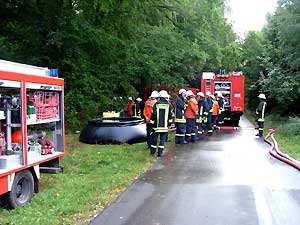
Fig. 3: Forest fire exercise. (Photo: J. Kautz)
Collaboration between forest owners, the administration and different branches of the fire and emergency services is of special importance when it comes to forest fires. In the forest fire endangered areas of the new German states, representatives from the forest authority, forest owners, fire service, fire and emergency services, operational directors and other professions in the district work together in district “Forest Fire Protection” work groups. These work groups organise joint education and training courses as well as exercises, evaluate forest fire events and develop and update the emergency plans.
Alongside the technical aspects, getting acquainted with each other plays an important role. Sharing common experiences and getting to know one another during the evaluation, planning and implementation exercises help guarantee a collegial relationship exists when required. In this way mistakes are avoided, decisions are made quickly and decisively and the area of burnt land reduced.
| Mecklenburg-Western Pomerania | Brandenburg | Schleswig-Holstein |
|
|
|
Learn more about forest fire prevention:
- Silvicultural measures to prevent forest fires
- Public education to prevent forest fires
- Financial provision and forest fire risks
Forest Crises Management Advisory Guide
Back to the main page of the Forestry Crisis Management Advisor Guide: Overview of the different topic collections
Back to the article overview in the: Forest fire Topic Collection

